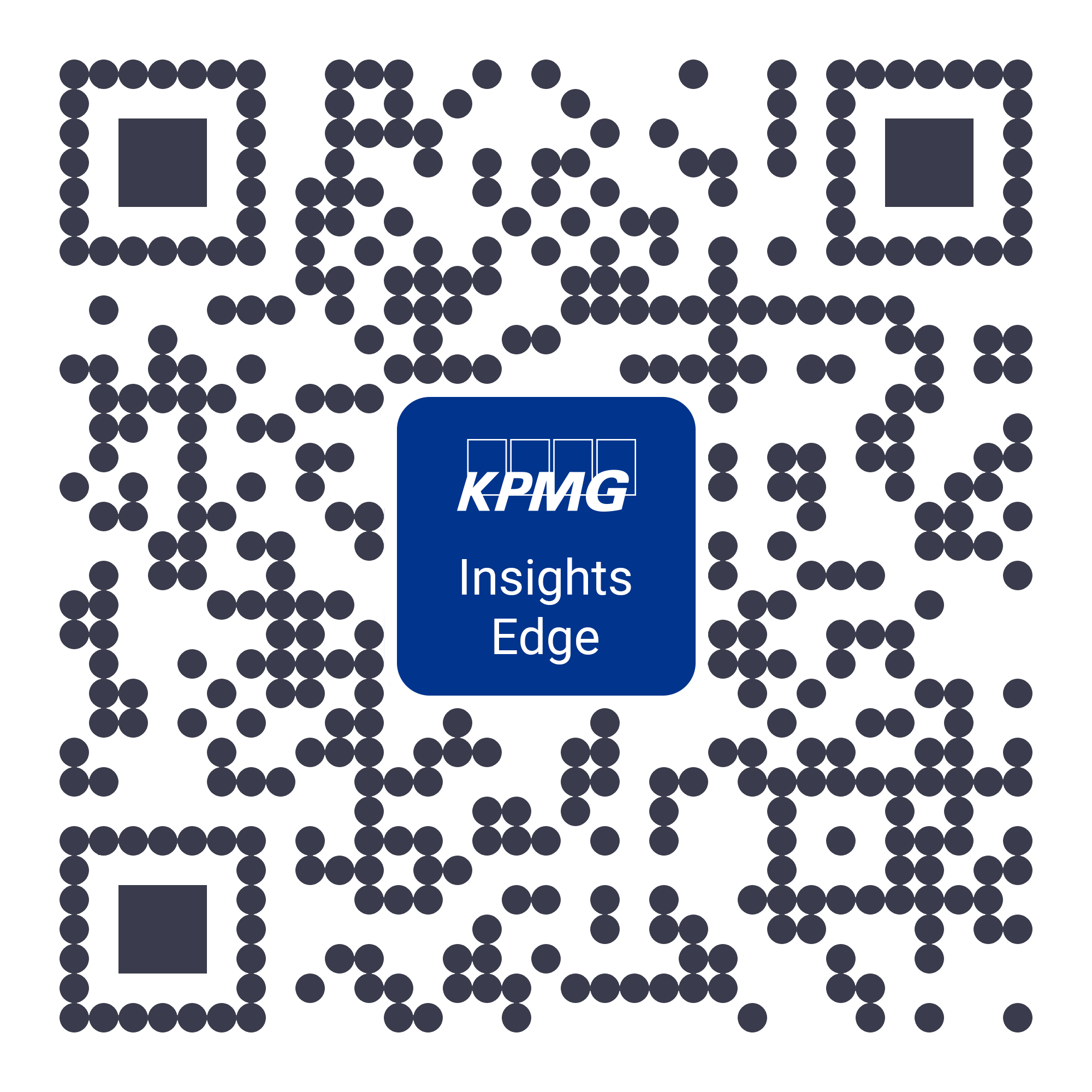Over the last two quarters, margins of cement players are under pressure and some of the players have shown a 25 to 30% reduction in their EBITDA. While the key reasons can be attributed to external situation of rising material prices and constraints to increase cement price, all the players are quite actively looking at strategies to enhance bottom line to stay prosperous. The need of the hour for cement players is to think of innovative cost optimisation practices. We will deep dive into optimisation strategies for 3 major cost heads in this article.
Optimisation opportunities
Energy and fuel cost
Energy and fuel cost is one of the key costs for cement sector. While a lot of focus has been done on energy consumption optimisation, Waste heat recovery areas, buying optimisation of coal and petcoke is a new area which cement companies are focusing on.
Logistics cost
Logistics Cost is the next biggest cost driver in Cement sector. While prima facie this cost appears to be driven more by demand requirement and market conditions, a sharper focus on drivers of spend will help in optimising this cost.
Manpower costs
Manpower costs is one of the next biggest costs in Cement sector. We can look at key strategies for contract manpower costs and white collar costs.
While we have deliberated on strategies for 3 top cost heads with a few levers, there are other cost heads such as indirect spend, packaging costs which also provide more optimisation potential. The need of the hour for cement players is to think of an innovative approach to cost optimisation with new levers, to achieve higher order bottomline benefits.
A version of this article was published by Indian Cement Review Magazine in its March 2025 issue. The same can be read here
Author
Access our latest insights on Apple or Android devices


